Since 1951, drupa, occurring every 3–5 years at the Messe Düsseldorf in Düsseldorf, Germany, has always been considered the bellwether of the graphic arts industry’s development and future. This year is unique; since the pandemic broke the regular rhythm, there is a lot of catching up to do. This makes it especially unique because the market requirements and technology changes during this period have increased their competition beyond the norm.
In anticipation of the drupa event, there is usually a “pre-drupa” media event. This has been the place for a sampling of the exhibitors to lay out what they see as their future direction and even pre-announce some of their latest technologies. This year, the event was held in March, two months before the official opening of drupa 2024. While there has always been an interest in assigning an identifying tagline that represents the highlight for each of the drupa events, this year we seem to have at least three. These are: digitalization, intelligent process automation, and sustainability.
You can expect to see some if not all of these three themes in the technologies and offerings at drupa. The following are just a small sampling of what will be shown.
Bobst
In addition to new press and converting solutions, Bobst Connect is the cornerstone that brings everything together for the corrugated board, flexible packaging, folding carton, and label production industries. Bobst Connect is a cloud-based digital platform designed to ensure an efficient data flow between physical and digital world with an automated and digitalized production flow. In line with that, they announced the launch of two major features for Bobst Connect. The first is Job Recipe, which enables seamless integration of Bobst machines in production and design workflows, bidirectional job and recipe data synchronization for fast setup and increase productivity. The second feature is Energy Monitoring, enabling customers to measure their energy consumption and cost in real time driving efficiency improvement and cost savings in the corrugated market to respond to the growing demand from e-commerce to sophisticated type of packaging to be produced in a more automated and sustainable manner.
Canon
The ProStream 2000 series is the latest addition to the continuous-feed inkjet portfolio. There are two models, the ProStream 2080 and the ProStream 2133, offering two speed versions, 80 m/min. and 133 m/min., and a maximum web width of 558mm. The Pro Stream 2000 series is based on 1200 dpi fields for electric drop-on-demand heads, and uses the Canon Color Grip smart paper conditioning liquid. It requires 29% lower power supply than its predecessor and 6% lower exhaust volumes and heat emissions which translates into a total of less than 10% less energy consumption than the pro stream 1000. The flagship of ProStream 3000 series gets new models with the ProStream 3160, operating at 160 m/min. It will use the same ink that will launch with the ProStream 2000. In their EP line, they are also extending the ColorStream 8000 with the ColorStream 8200, offering 200 m/min. productivity.
Wide-format introductions will include models from the Image Pro, the Plot Wave, Color Wave, Colorado, and Arizona series. They will be introducing the Arizona 2300 series with Flex Flow technology. The new Flex Flow vacuum table is an enhanced media handling system that helps operators to better handle challenging substrates such as heavy media, delicate media, or odd-shaped media. Arizona also gets Flex Flow technology which will have its European debut at drupa. They will also showcase corrugated board production with the Arizona 2380 XT.
Canon also announced that are fully engaged in bringing a line of packaging presses to market. At drupa, they will enter the corrugated market with a dedicated product. They will showcase the concept of an industrial scale corrugated press, Below is the first rendering of the product. It is built on an architecture that includes a single pass sheet fed transport with four to seven colors using water-based inks. It boasts a productivity level of 8,000 square meters an hour and a print width of 1.7 meters wide. They are aiming for installations of the first corrugated press sometime mid 2026.
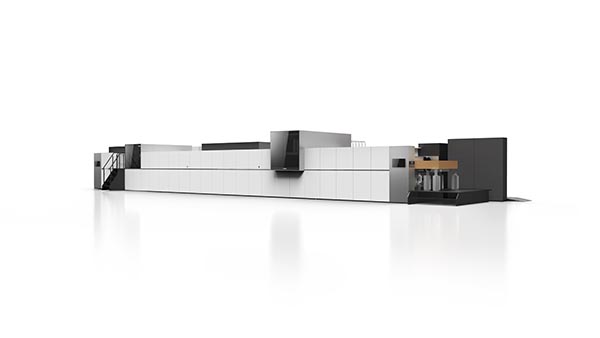
Durst
They will be launching a new hybrid press which is a combination of a dual servo cylinder-based flexo technology from Omet and Durst RCI digital print engine. This will bring the operator simplicity, ease of use, minimal setup waste, and minimal setup times.
Durst announced that their front and backend analytic AI solutions like Hawkeye are now implemented in every printer, and more than a thousand customers are running with those software solutions successfully. Durst has made it a focus to partner with others to get to market faster and increase product advantages. Omet is a great example, but so is their partnership with Koenig & Bauer which has produced the VariJET 106, the CorruJET 170 and the Delta SPC 130.
While there was a lot of discussion about packaging at the media event, Durst emphasized that it is in graphics, packaging, ceramics, and more. At drupe, they will be showing solutions for technical ceramics. It’s silicon carbide printed for the first time. Applications include automotive, aerospace, etc.

Esko
Esko announced the new Esko cloud platform. Over the last few years, the technology has drastically evolved. Cloud technologies and machine learning are now fully mature, and that’s something that they can really leverage to accelerate innovation and to bring to their customers. First, they are connecting all their existing products. They want to be sure that they are preserving the investment of their customers in their products. So they are taking all their desktop products and connecting them to the cloud. They are also adding some new cloud-based features on top of it. They are taking collaboration and automation products like Automation Engine and Web Center, connecting them, sharing the data, sharing the user management so that they can extend the scope of collaboration and automation. This is not only software product, but also hardware product like CDI and XPS are connected to this platform so that they can close the loop to obtain full end-to-end automation.
Fujifilm
Since the FujiXerox relationship dissolved, Fujifilm has been running and developing faster. If their booth at PRINTING United was any indication, and considering they have one of the larger booths, that will keep you busy. Their Revoria line of toner presses can be found not only with their branding, but also with that of others. At drupe, they will be showing their Revoria Press GC12500, the only B2 toner press on the market for the first time in Europe. They will also be showing their FP790 aqueous based flexible packaging press. They will also be showing the Jet Press 1160CFG, their high speed continuous feed inkjet printer for the first time globally.

Heidelberg
At a very high level, Heidelberg has a dual track strategy. The one track is their core business of printing, and that will remain to be printing, since this is what Heidelberg stands for. However, they continue to explore new and adjacent business areas. The first one is their charging technology for electric vehicles. That’s not a prime focus today, but it is an area is also driven by megatrends, which has a substantial market size, and fits well to their capabilities. They reinforced their ambition is to continue to be a market shaper in the printing industry. There’s a lot of change in the printing market, and where there is change, there are also opportunities. Two of those opportunities are the growing packaging segment and the growing digital printing segment. Both segments are highly relevant for Heidelberg.
There are many drivers of competitiveness, most importantly the cost per sheet. Print shops that focus on efficiency by improving their productivity helps them to get cost per printed sheet. From an equipment perspective, certainly the printing speed is most important, but it’s not all about speed. It’s also about the intelligent management of print jobs and the entire production process in the print shop. So print jobs need an end-to-end integration of their processes. The second area is the workforce and we want to help print shops to develop their workforce.
Digitalization is an absolute prerequisite for greater efficiency in industrial print production. So, they are developing solutions that integrate the workflows end to end to optimize uptime and production efficiency. Heidelberg actually has been a pioneer in the industry when it comes to digitalization of their hardware with software solutions.
HP
Productivity isn’t only speed. HP has been working for the last three years on reliability, higher machine availability, wider versatility, advanced automation, and operational simplicity. We have seen other manufacturers focus on these areas, because these are some of the elements that affect OEE. Marcus Weiss, general manager for EMEA for the HP industrial business, highlighted their focus on “ease of use,” “because in a world where we have less labor, where we may not have the expertise level, we need presses that are easy to operate.” As an example, HP introduced PQ Maestro an automatic calibration tool. This is an artificial intelligence quality and calibration tool initially for the 120K and as well in the 18K that is completely independent from the operator of the press. It’s purely measuring the results against the target.
To support the technology and their customers, HP believes in fully automated workflows that are driven by enhanced AI. These workflows are overseen by the humans, where in the end, the brands, the suppliers, the resellers, all the stakeholders in the market are connected with each other. They recently announced that they are now working closely together with Esko on solutions from the creative application through the shipping of the final package or product with a fully automated and integrated supply chain of our their customers.
HP also announced that it is getting closer to a handover point from LEP to LEPX as seen in the V12. Moving from a common impression cylinder to inline allows the Indigo technology to drive increased speed and productivity. Expect to see some new LEPX application offerings at drupa.
Highcon
The Beam 3 is building on the experience of existing Beam series enable the user to deliver a 50% leap in productivity with higher quality. New hardware changes and algorithms reduce set up time and predictability. They have also decoupled the crease writing from the die cutter with the Highcon Beam Writer. Crease writing can happen as a parallel process rather than as a serial process, further shortening set up, and that freeing up production time to increases capacity by around 25% for an average carton customer. It also produces a 15% higher running speed. They have introduced new creasing drums in the DART system and those further increase the crease in quality. To minimize the number of touches and to reduce the dependence on skilled personnel they have also partnered with Esko and Hybrid Software in addition to developing their own new software tools.
They also announced the Vulcan (development name), the first digital die-cutting solution for the 1.4 by 1.7m format of the corrugated industry. Vulcan is still under development, and is expected to be an active product in their portfolio at drupa 2028.

Konica Minolta
Konica Minolta will be showing end to end application solutions, including a new book solution with finishing by Plockmatic. KM will also be showing the Alpha Jet, from their partner company MGI, and announcing their first client. They will be premiering a new cut sheet B2 press the AccurioJet 60,000, a 6,000 sheets per hour B2+ UV inkjet press.
Landa
Landa will be introducing the new Landa S11 and S11P models including a new ink drying system that enables transfer of dry ink from the blanket to the media, at the higher speed of 11,200 SPH. Unlike majority of inkjet presses, the Landa technology advantage is that it can run a wide variety of media, including paper, plastics, etc. The new Landa S11 and S11P can be customized with a choice of four or seven colors, a continuous printing capability, and an optional inline coating unit. Existing customers with the IR drying have an opportunity to purchase the 11K Module elevating productivity to 11,200 SPH, and/or the PrintAI module.
In Closing
This is just a small sampling of what we can expect to see at drupa. Not just because there will be so many manufacturers and solution providers, but also because many of them are holding back until the actual event.
So you can expect lots of live, continuing, and follow-up coverage!
More to Come…
It’s a new year and the drupa 2024 light is beginning to blind us! It will be an exciting event and many new products and technologies will be shown for the first time. I would like to address your interests and concerns in future articles as it relates to the manufacturing of Print, Packaging, and Labels, and how, if at all, it drives future workflows including “Industry 4.0.” If you have any interesting examples of hybrid and bespoke manufacturing, I am very anxious to hear about them. Please feel free to contact me at [email protected] with any questions, suggestions, or examples of interesting applications.

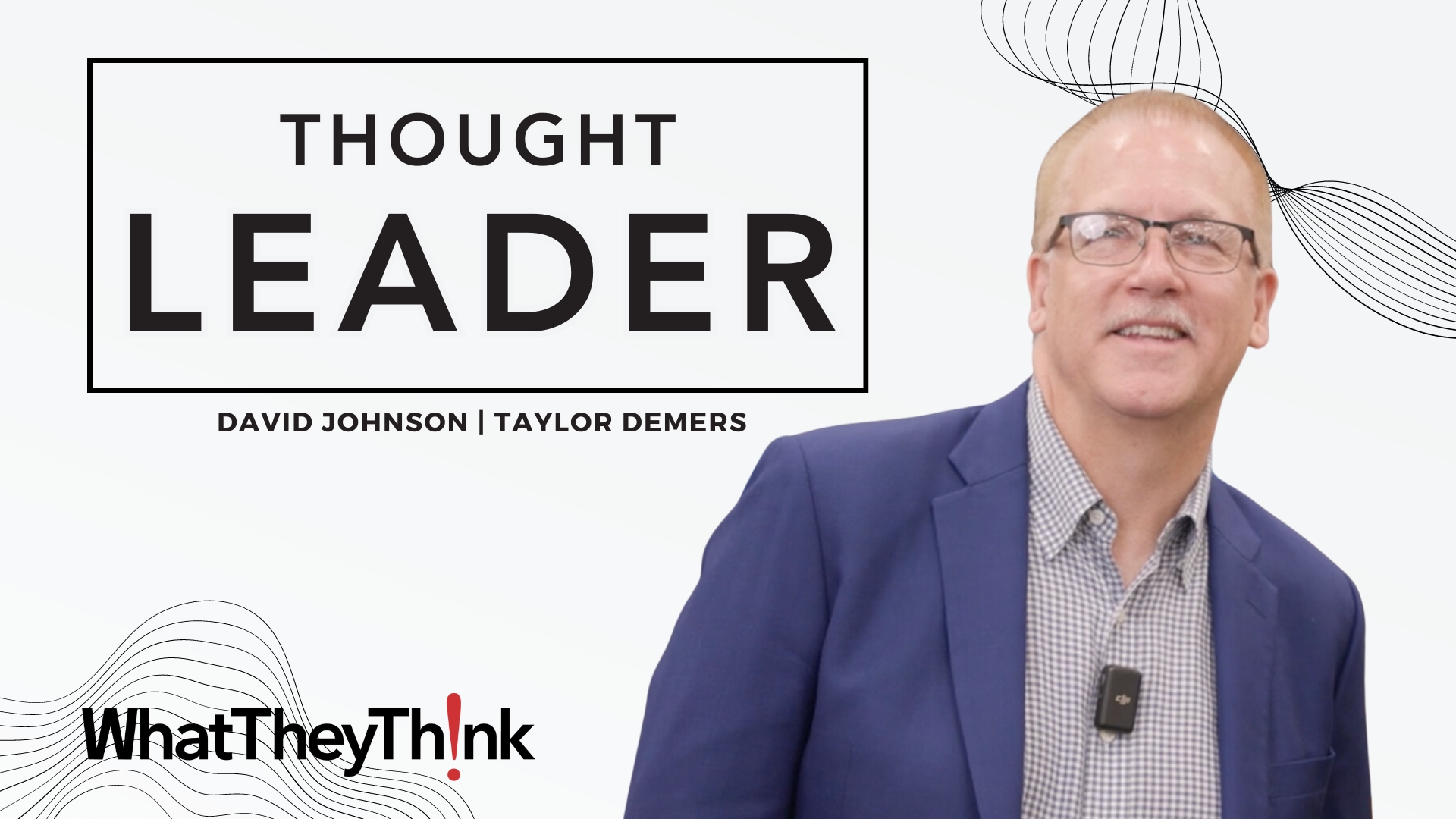
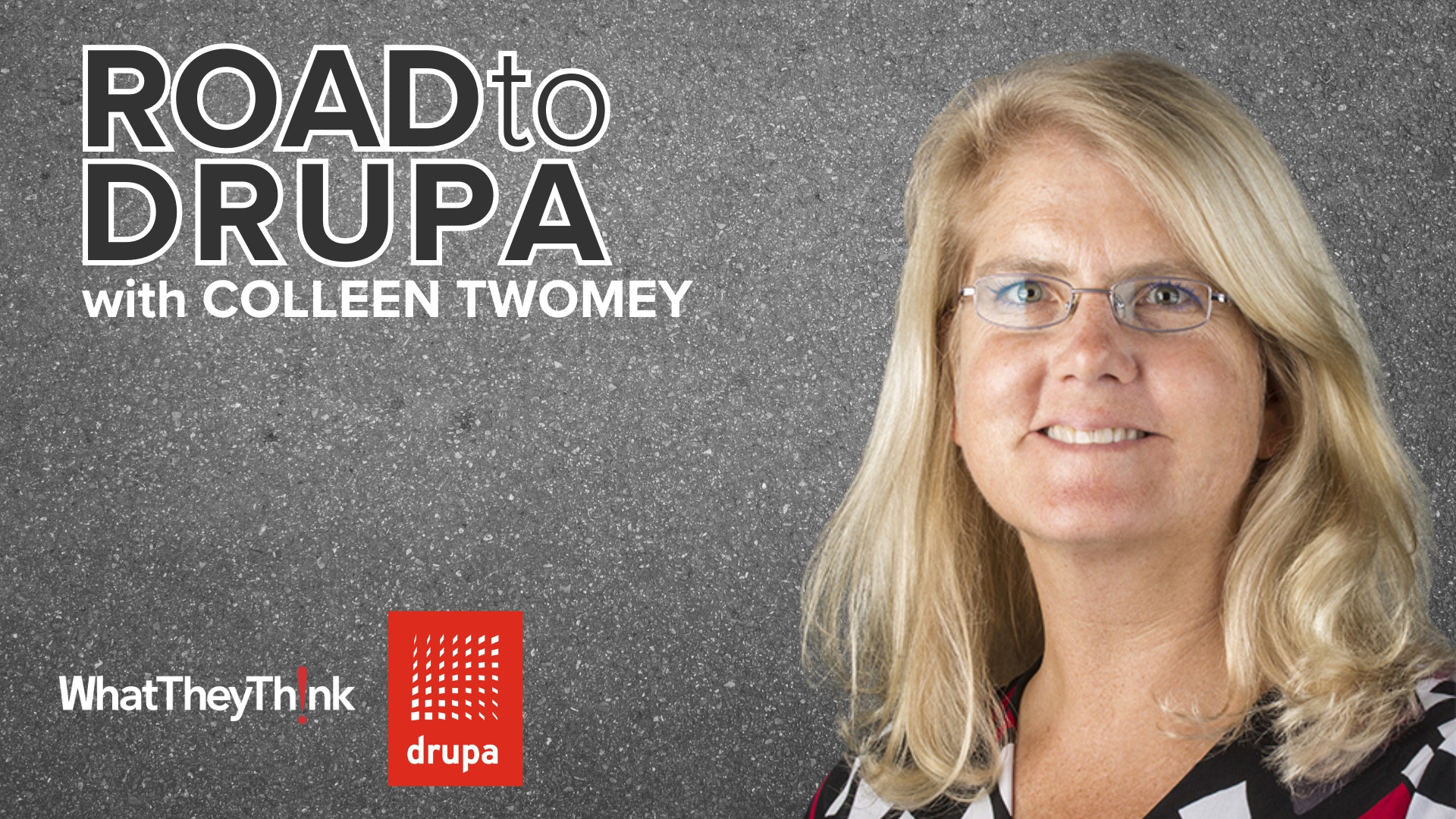
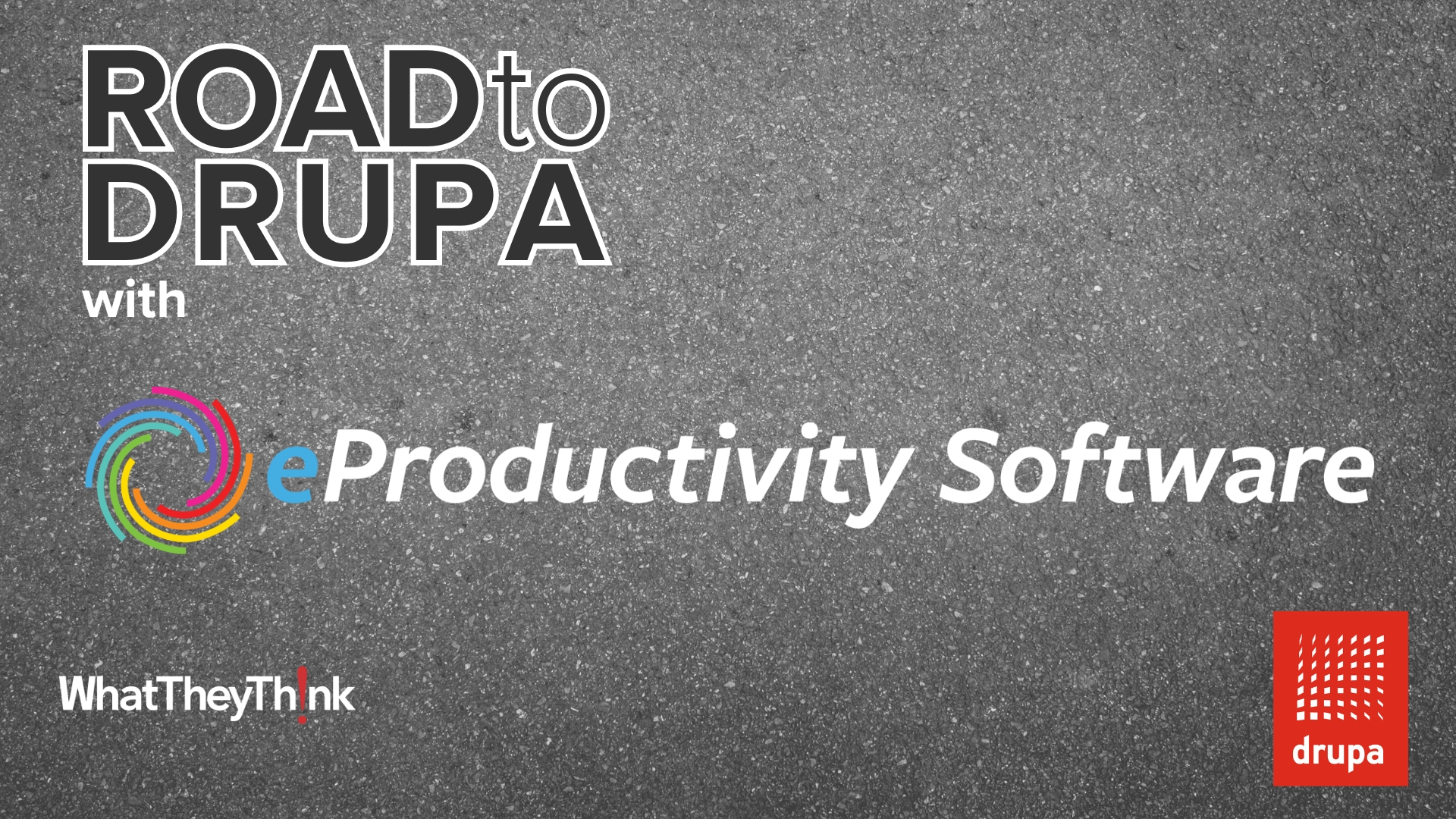
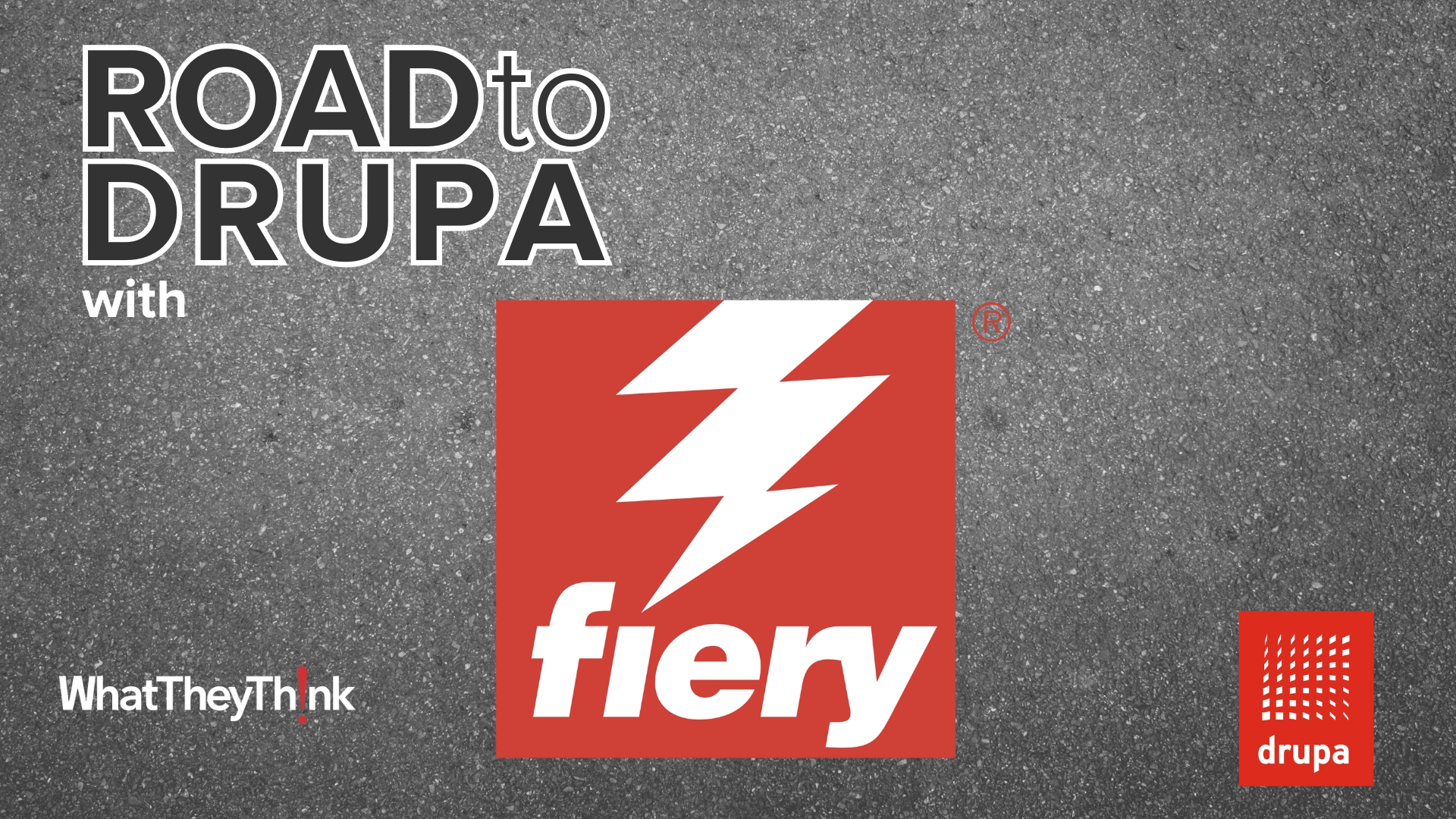
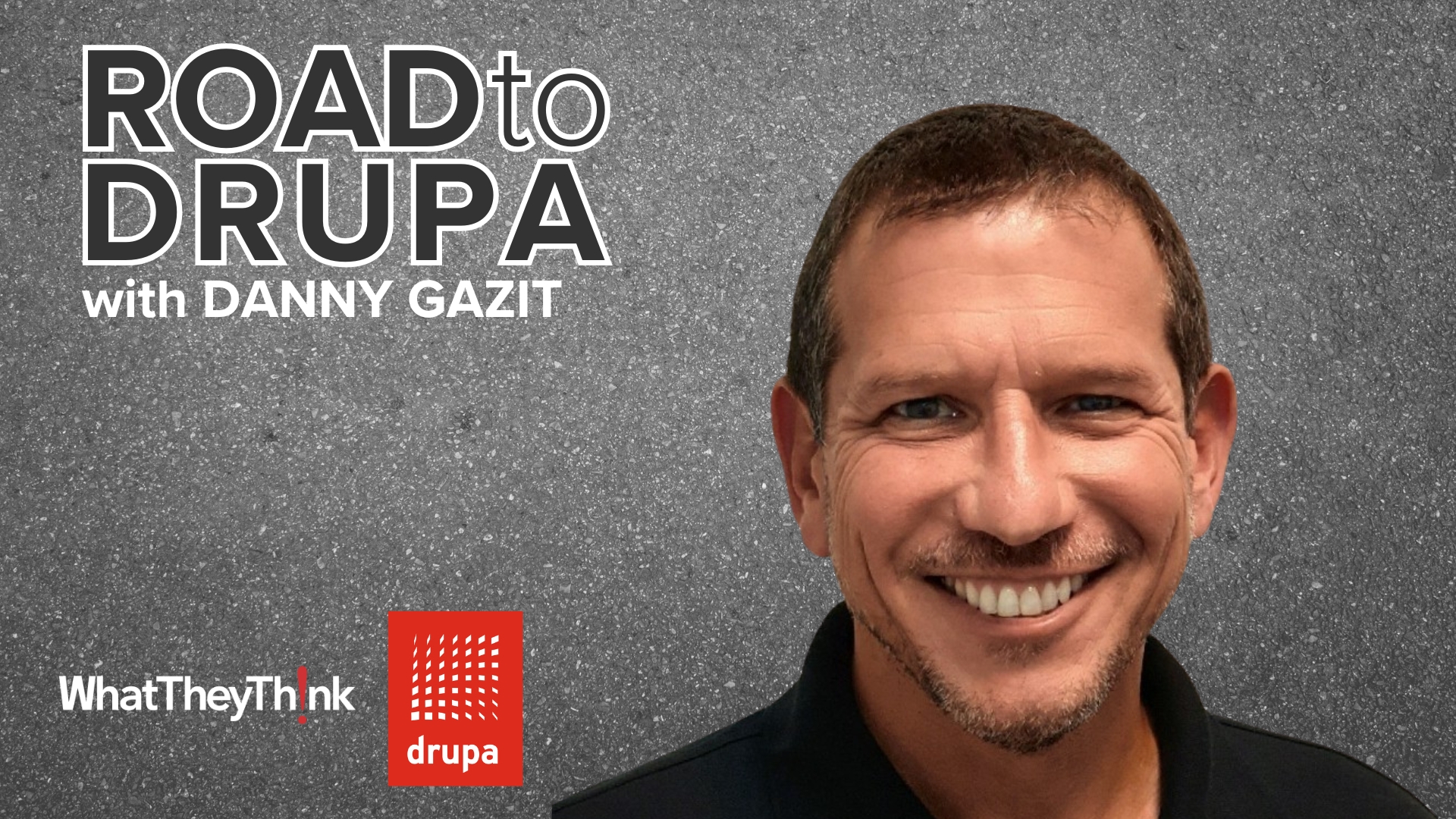
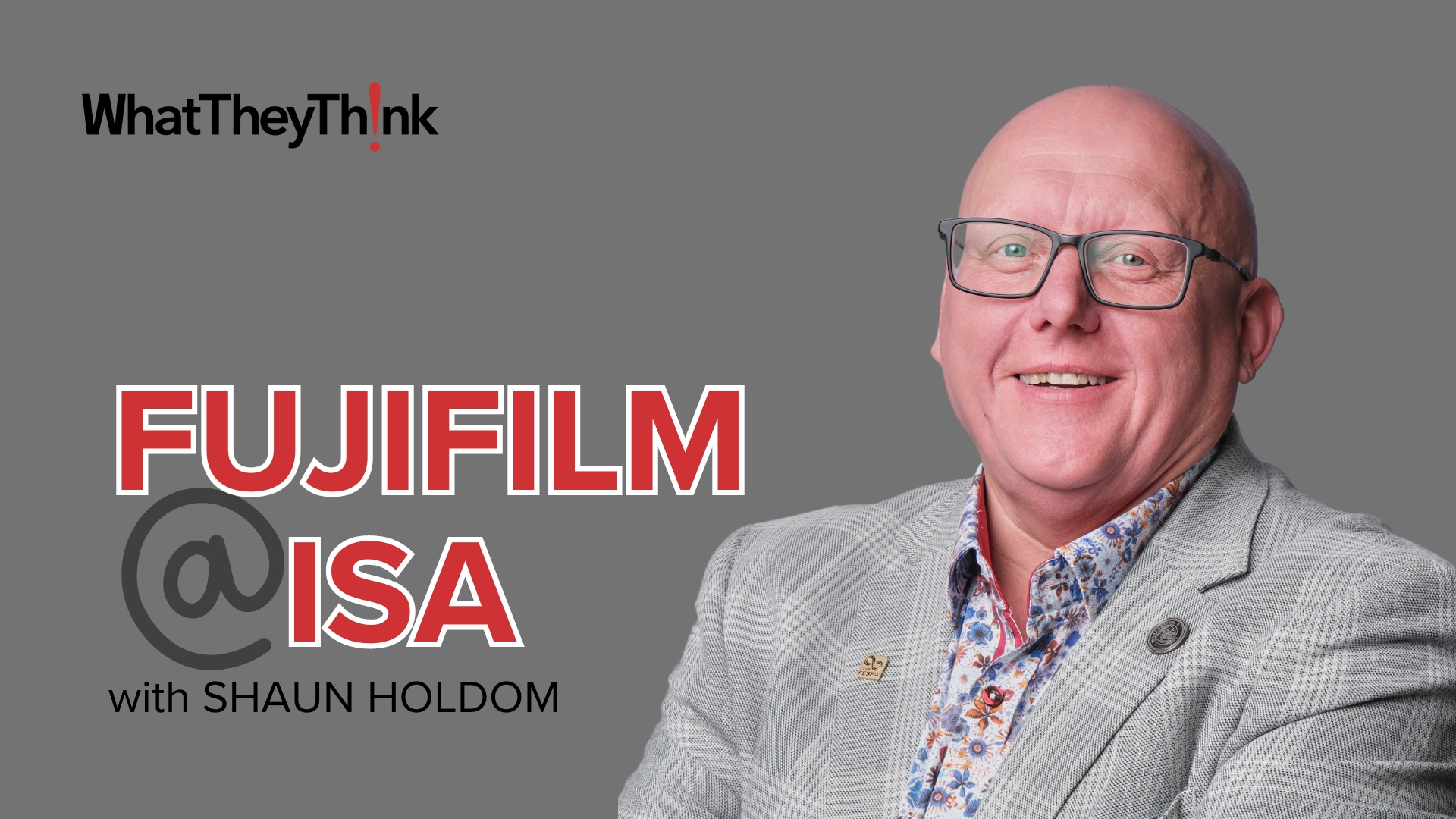



Discussion
Join the discussion Sign In or Become a Member, doing so is simple and free